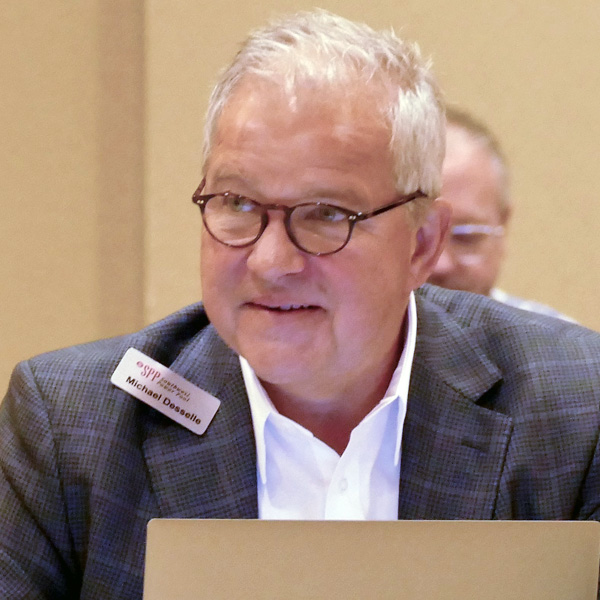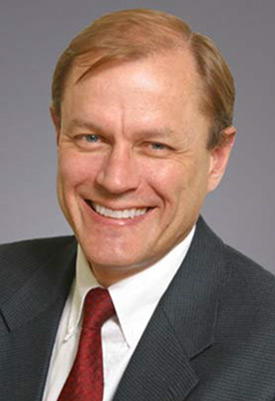Delivering power from New Jersey’s planned offshore wind projects will cost at least $1.2 billion and could total more than $7 billion, PJM officials said Monday.
The RTO released a 64-page analysis of the 26 point-of-injection (POI) scenarios it received in response to its transmission solicitation, which the New Jersey Board of Public Utilities (BPU) requested under FERC Order 1000’s State Agreement Approach.
PJM conducted analyses on reliability, impact on LMPs, constructability and legal risks, officials told a special meeting of the Transmission Expansion Advisory Committee. PJM planners are seeking feedback on the analyses by the end of July to allow the BPU to select its preferred projects by October, said Sami Abdulsalam, a senior manager for transmission planning.
PJM received 45 proposals for Option 1a, for onshore upgrades to address reliability violations on existing facilities, with capital costs totaling about $100 million or less. Proposals for Option 3, for an offshore transmission network, came in with similar price tags.
More expensive were Option 1b (new onshore transmission connection facilities) and Option 2 (new offshore transmission connection facilities), each of which ranged between $500 million and $7 billion, PJM said.
“Offshore wind is expected to be a major driver of green job growth in New Jersey for decades to come and has demonstrated clean energy benefits,” the BPU told RTO Insider in a statement. “The board, along with PJM, is pioneering the use of a highly competitive bidding process to select new transmission facilities to ensure that the power from the offshore wind turbines is delivered to New Jersey customers in an affordable and environmentally friendly way. The board will carefully review PJM’s findings and take them into consideration as we continue the offshore wind transmission application review process. The board anticipates making a final decision on whether to select one or more transmission projects later in the year.”
Cost Caps
Several of the POI scenarios offered additional capacity beyond the 6,400 MW desired, but they were not dispatched in the initial reliability analyses.
While 1A proposals had little to no cost-containment promises, eight of the proposers offered some sort of cost-capping mechanism on the other options, including an overall cost cap, a cap on return on equity and a cap on equity-debt mixes.
“Well capped proposals tend to have significantly lower cost overrun and other downside risks, such as high financing cost, compared to uncapped proposals,” PJM said. “However, depending on the magnitude of project cost and base case revenue requirement, there may be a tradeoff between cost and risk levels.”
Option 1a proposals included conventional transmission solutions such as rebuilding or reconductoring existing transmission lines, as well as proposals for power flow-controlling devices. But PJM said it will “generally prioritize consideration of conventional solutions over power flow-controlling devices depending on the overall transmission capacity provided by and cost associated with the devices.”
The 1a proposals would address only about half of the reliability violations identified. Incumbent transmission owner upgrades would address violations from injections that were not previously identified, Abdulsalam said.
Economic Analyses
PJM’s Nick Dumitriu said the RTO and the BPU created offshore transmission scenarios involving various combinations of the Option 1b and 2 proposals and, after an initial reliability screening, selected a subset for economic analysis.
That analysis looked at estimated load LMPs and gross load payments for load-serving entities in New Jersey and also computed PJM-wide production costs and cost impacts on Pennsylvania zones.
For Options 1b alone and 1b combined with Option 2, PJM said the difference between the proposals were “not significant,” with the largest difference in New Jersey load payments less than 1% and differences in POI annual average LMPs 4.2% or less. Some scenarios resulted in curtailment of OSW, but that was limited to 0.4% of total annual generation.
PJM plans to expand the analysis of energy market impacts with capacity market simulations, Dumitriu said.
An analysis to determine incremental auction revenue rights (IARRs) identified “no available IARRs.”
Construction Risks
PJM’s Augustine Caven said the RTO’s constructability evaluation found more risk in projects that impact the New Jersey Pinelands National Reserve or parcels in New Jersey’s Green Acres program, which are managed for recreation and pother public purposes.
Proposals with underground cabling were found to have higher engineering risks but lower environmental impacts.
Projects that made landfall in the busy Raritan Bay were seen as having a higher risk of conflicts than proposals to connect at the Seagirt National Guard Training Center.
Among those who made proposals were three New Jersey utilities: Exelon’s Atlantic City Electric, FirstEnergy’s Jersey Central Power & Light and Public Service Enterprise Group’s Public Service Electric and Gas. PSEG Renewable Transmission also teamed up with OSW developer Ørsted.
Con Edison Transmission and PPL Electric Utilities also made proposals, along with Anbaric Development Partners; Atlantic Power Transmission, a Blackstone Infrastructure Partners company; LS Power; Mid Atlantic Offshore Development, a joint venture of EDF Renewables North America and Shell New Energies US; NextEra Energy Transmission MidAtlantic Holdings; and Transource Energy.
Given the stakes involved, PJM’s analyses are likely to be subjected to heavy scrutiny. The RTO’s analysis surfaced one early disagreement: NextEra projected a cost of $4.68 million to reconductor the 230-kV Deans-Brunswick line, but PJM said PSEG estimated the cost at $73.3 million.
Additional reliability studies will be completed in July and August.



